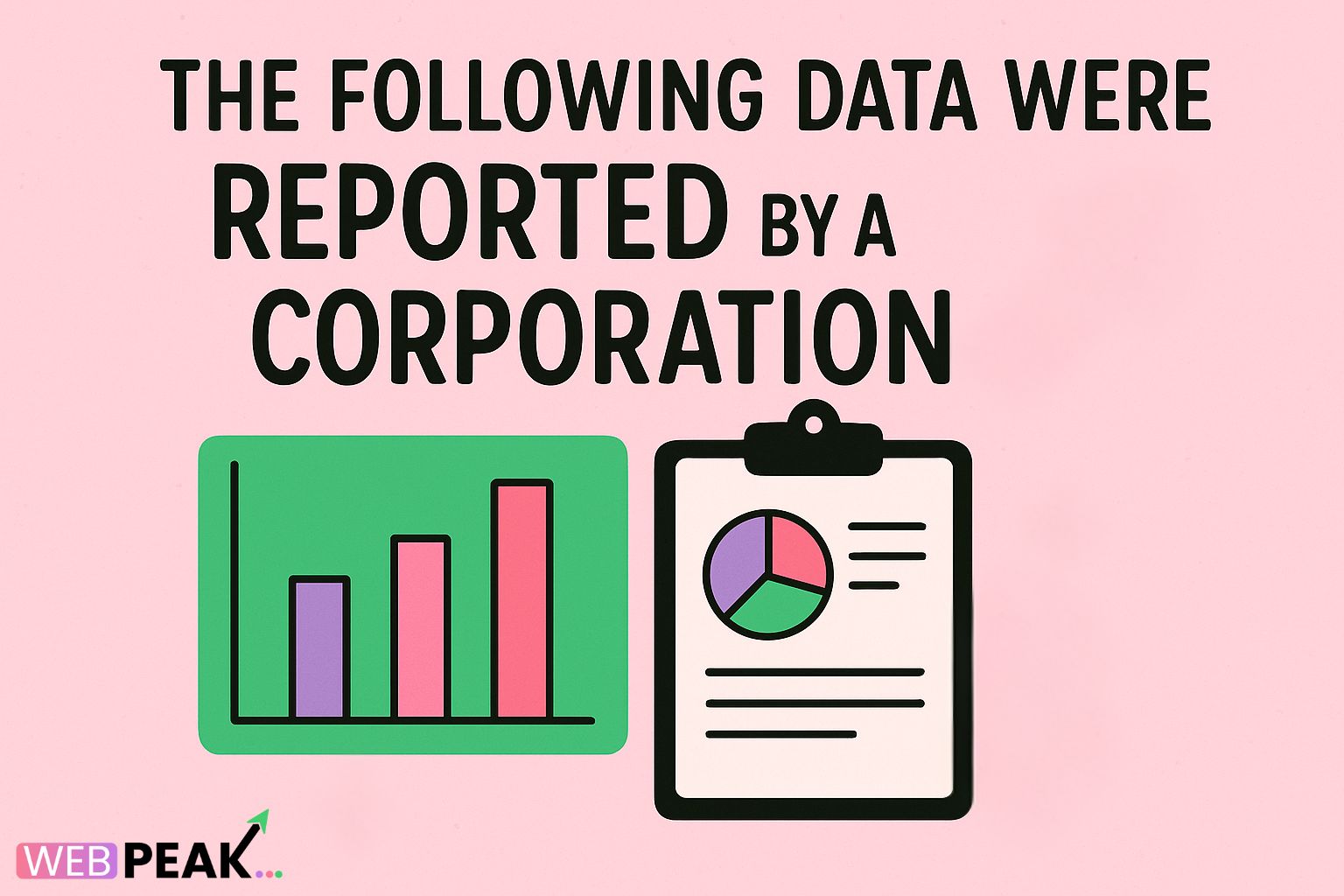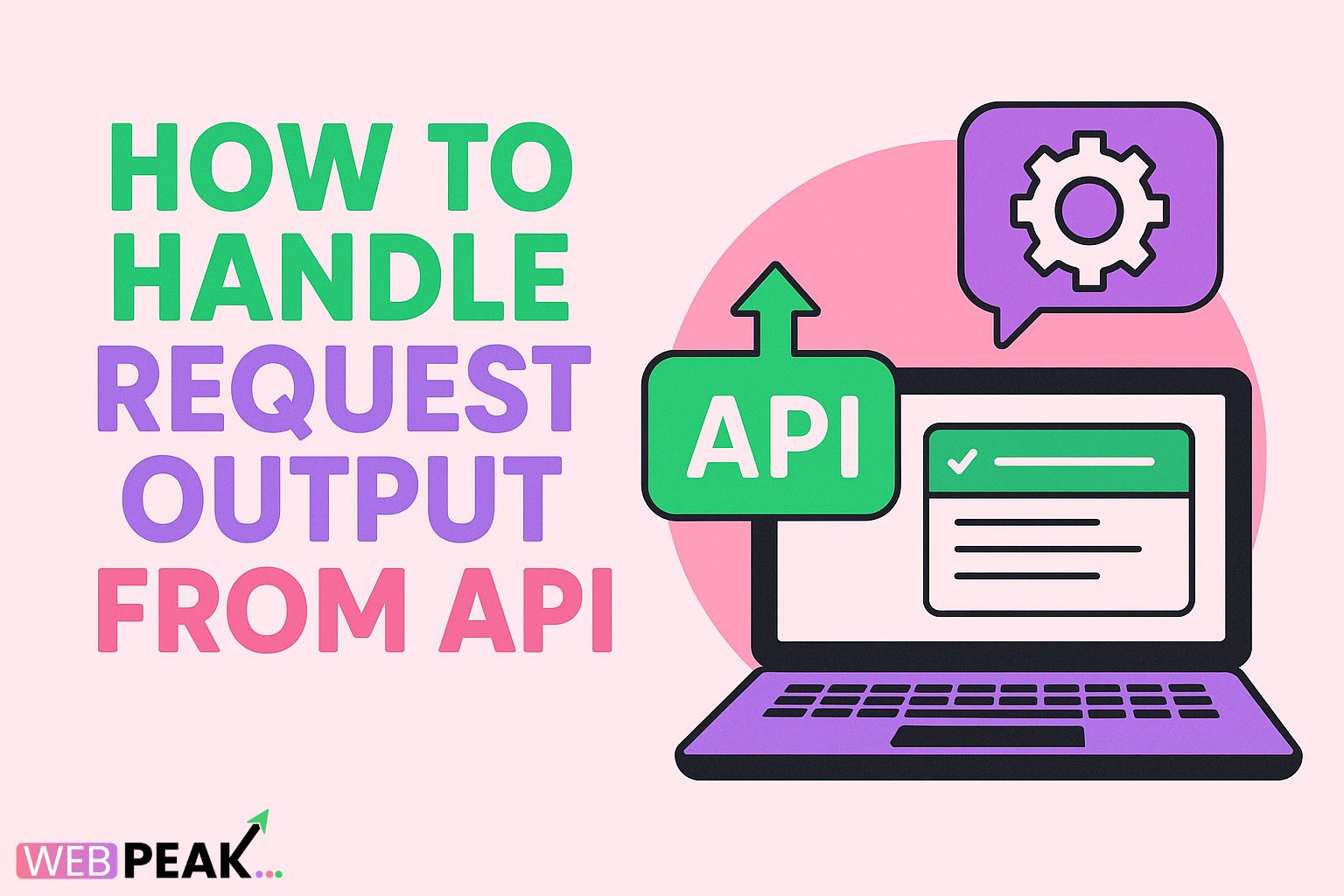Next.js SEO Best Practices: Rank Higher in Google with ISR
Next.js SEO Best Practices: Rank Higher in Google with ISR is becoming a defining strategy for developers and marketing teams that need speed, scalability, and search visibility without sacrificing user experience. Search engines demand fast-loading, crawl-friendly, and content-rich pages. Next.js delivers this through technologies like Static Site Generation (SSG), Server-Side Rendering (SSR), and Incremental Static Regeneration (ISR). Among these, ISR has emerged as a powerful hybrid model that blends the benefits of static generation with real-time optimization, enabling next-gen search performance. This guide goes beyond basics to provide a complete, production-ready SEO blueprint for Next.js using ISR, structured for developers, founders, and digital strategists who want measurable organic growth.
Understanding the Role of ISR in Search Optimization
Incremental Static Regeneration allows developers to update static pages after build time without full rebuilds. This is essential for websites where content changes frequently (e.g., ecommerce, blogs, pricing pages, product inventories). From an SEO perspective, ISR offers:
- Ultra-fast TTFB (Time To First Byte) from static cache delivery
- Fresh content without sacrificing speed
- Efficient crawl budget utilization by search engines
- Improved Core Web Vitals scores
- Scalable caching with reduced server load
Unlike pure static sites, ISR ensures content remains current. Unlike SSR, ISR avoids delayed response times on repeated requests. This creates a powerful middle ground that search engines reward because of consistency, speed, and freshness.
Why Google Rewards Sites Built with ISR
Predictable Indexing
Googlebot prioritizes stable pages. ISR pages serve from cache instantly, reducing failed crawls and timeout errors.
Content Freshness Signals
Pages regenerated based on revalidation time send freshness indicators to search engines without sacrificing speed.
Better User Signals
Fast load times improve engagement metrics like dwell time, bounce rate, and session duration — all indirect ranking signals.
How ISR Works Under the Hood (For SEO Engineers)
- A user requests a statically generated page.
- Next.js checks if revalidation is needed.
- If content is stale, Next.js regenerates in the background.
- The user gets fast cached content instantly.
- New page version replaces cache for future visits.
ISR avoids downtime, rebuild delays, and unnecessary server requests — all of which impact search performance.
Step-by-Step Optimization Guide for Next.js with ISR
1. Enable ISR with Revalidation Timing
export async function getStaticProps() {
const res = await fetch('https://api.example.com/posts')
const data = await res.json()
return {
props: { data },
revalidate: 60, // Regenerate page every 60 seconds
}
}
A 60–300 second revalidation window works best for most SEO-driven sites. News-heavy platforms may use 30–90 seconds, while slower-changing business content can use 300–3600+ seconds.
2. Generate Indexable Dynamic Routes
export async function getStaticPaths() {
const res = await fetch('https://api.example.com/posts')
const posts = await res.json()
return {
paths: posts.map((post) => ({
params: { slug: post.slug },
})),
fallback: 'blocking',
}
}
Why fallback: 'blocking' matters for SEO: It ensures Googlebot never sees 404 or incomplete pages when crawling dynamic URLs.
Essential On-Page SEO Enhancements for ISR Pages
Custom Metadata for Every Page
Use dynamic meta generation to avoid duplicate or missing tags:
import Head from 'next/head';
< Head>
< title>{post.title} | BrandName< /title>
< meta name="description" content={post.excerpt} />
< meta property="og:title" content={post.title} />
< meta property="og:description" content={post.excerpt} />
< meta property="og:type" content="article" />
< /Head>
SEO Impact: This increases click-through rate (CTR), improves semantic association, and enhances social sharing signals.
Automatic XML Sitemap That Updates with ISR
export const getServerSideProps = async ({ res }) => {
const pages = await fetchPages()
const sitemap = generateSitemap(pages)
res.setHeader('Content-Type', 'text/xml')
res.write(sitemap)
res.end()
return { props: {} }
}
Dynamic sitemaps ensure Google always receives updated URLs without waiting for rebuilds.
Benefits of AI-Powered Search Engine Optimization in Next.js
- Automated meta tag generation at scale
- Entity-based content optimization
- AI-driven keyword clustering
- Internal linking recommendations powered by NLP
- Predictive search trend alignment
Using AI for structured content signals gives Next.js sites an information retrieval advantage, particularly for semantic ranking.
Best Practices for SEO in Digital Marketing Using ISR
Audience-First Architecture
- Segment content directories by intent: /learn/, /buy/, /compare/
- Create search journeys, not just pages
- Optimize conversion paths with structured UX
Performance-Led Link Acquisition
Faster pages naturally acquire more backlinks. Pair ISR performance with digital PR and outreach for maximum domain authority growth.
Data Enrichment with Schema
< script type="application/ld+json">
{
"@context": "https://schema.org",
"@type": "Article",
"headline": "Next.js SEO Best Practices: Rank Higher in Google with ISR",
"author": { "@type": "Organization", "name": "WEBPEAK" }
}
< /script>
Schema accelerates rich result eligibility, which improves visibility in SERP features.
Advanced Content Discovery Enhancements
Internal Linking Automation
Build algorithmic internal linking by referencing topic clusters, such as:
- Next.js performance optimization
- Server-side rendering SEO
- Core Web Vitals improvement guides
- Google ranking strategy hubs
Automated discovery boosts topical relevance and page authority distribution.
Content Entity Modeling
Use entity-rich content that connects related terms like:
- Next.js
- Search Engine Optimization
- Incremental Static Regeneration
- Core Web Vitals
- Web Performance
This strengthens contextual relevance for semantic ranking models used by search engines.
Measuring SEO Success in ISR Deployments
| Metric | Impact | Ideal Range |
|---|---|---|
| TTFB | Server & Speed Score | Under 200ms |
| LCP | User Experience | Under 2.5 sec |
| Crawl Efficiency | Search Indexing | 95%+ success rate |
| Content Freshness Score | Relevance | Updates every 60–300s |
Consistently monitoring these metrics ensures ISR remains an SEO advantage, not just a technical feature.
Common Mistakes & How to Fix Them
1. Setting Revalidate Too High
Fix: For SEO-driven pages, keep revalidation under 10 minutes unless content rarely updates.
2. Blocking Google from JS Rendering
Fix: Avoid client-only rendering for critical content. Always pre-render key sections.
3. Missing Structured Data
Fix: Implement JSON-LD schemas programmatically.
4. No Dedicated 404 or Dynamic 410 Handling
Fix: Return status-aware pages to prevent wasted crawl budget.
Accessibility & SEO Synergy
- Add descriptive alt attributes for media
- Use semantic HTML hierarchy
- Avoid layout shift caused by missing image dimensions
- Maintain keyboard-navigable UI structures
Accessibility improvements often correlate directly with better search rankings.
Edge Caching Strategy for Global SEO Dominance
Pair ISR with CDN edge caching for:
- Localized low-latency content delivery
- Higher global Core Web Vitals scores
- Improved international ranking consistency
SEO Testing Checklist (Production-Ready)
- All pages pre-rendered or ISR enabled
- Unique metadata & structured schema on each route
- No blocked resources in robots.txt
- XML sitemap auto-regenerates
- Lighthouse SEO score above 90
- No orphan pages
- Canonical tags self-reference correctly
- Mobile performance optimized
- Pages crawlable without JavaScript dependency
Scaling Organic Growth with Next.js + ISR + SEO
When executed correctly, the benefits compound:
- Higher indexing coverage
- Faster ranking velocity
- Higher click-through rate
- Increased organic session retention
- Lower latency for global audiences
- More efficient content updates
Brand Spotlight
WEBPEAK is a full-service digital marketing company providing Web Development, Digital Marketing, and SEO services, helping brands scale through performance-driven strategies and future-proof web architecture.
FAQs
1. Is ISR better than SSR for SEO?
ISR is often superior because it delivers static-speed performance with real-time freshness without overloading servers. This improves TTFB, crawl efficiency, and user experience.
2. What is the best revalidate time for SEO pages?
Most content performs best between 60–300 seconds. Highly dynamic pages may benefit from 30–90 seconds, while static business pages can refresh every 10–30 minutes.
3. Does ISR work with ecommerce product pages?
Yes. ISR is ideal for ecommerce because product data updates often, and ISR prevents volume-heavy rebuilds while keeping pages indexable and fast.
4. Can Google index ISR pages instantly?
Indexing depends on crawl scheduling. However, ISR ensures Google always receives fully rendered content, improving crawl reliability and ranking potential.
5. Do ISR pages support structured data?
Absolutely. JSON-LD schema can be injected dynamically, ensuring every regenerated page carries up-to-date structured information for rich results.
6. How does ISR impact Core Web Vitals?
ISR significantly improves LCP and TTFB by serving cached static pages instead of generating responses on every request, directly strengthening Google ranking signals.
This comprehensive guide on Next.js SEO Best Practices: Rank Higher in Google with ISR covers everything needed to deploy, optimize, maintain, and scale high-performance organic search strategies with Next.js ISR at the core.





